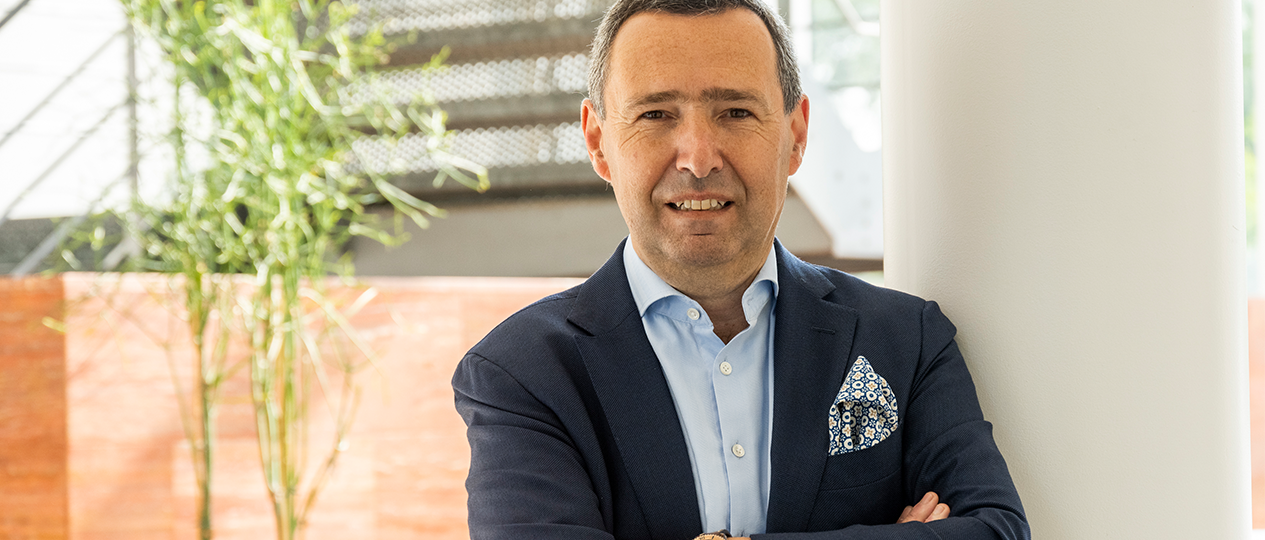Tumultuous, exciting times!
“To put it mildly, we’re experiencing a tumultuous period in our sector”, says Edwig Laenen from Sealogis Belgium. “There is a global wave of consolidation underway, and major players have a range of resources that they are applying in order to conquer the market. There is also the impact of the coronavirus: high volumes and too little shipping capacity.

The maritime industry is experiencing an exciting period, and not in a negative sense by any means, because there is a clear indication towards increasing volumes. The ‘cake’ is getting bigger but the circumstances involved in getting your slice are becoming more difficult.
Area of tension between overcapacity and volumes
We are emerging from an era of an imbalance between the available shipping capacity and the volumes to be transported. For a long time, there was a surplus of capacity when it came to the volumes: many shipping carriers and many, increasingly larger, ships. There was also a geographical imbalance between east-west trades and west-east trades, whereby more and different loads were transported from east to west than vice versa.
The result was that the surplus of capacity led to very low, even zero freight rates. An extremely unhealthy situation that led to red numbers at many shipping carriers. Between 2010 and 2020, we saw a wave of consolidation, especially with the global carriers forming alliances, merging, or buying up smaller carriers. The consequence was that the sector shrank and the range became smaller. Many carriers have since disappeared from the scene entirely.
The coronavirus as a fire accelerator
What is the situation like today? The number of volumes is continuing to grow enormously and the coronavirus pandemic saw e-commerce at a peak. In other words, gigavolumes of goods from the East, primarily from China, are being shipped to both the West and the Pacific region.
The pendulum swung the other way. From lower freight rates and overcapacity, we are now seeing very high freight rates and a reduced supply of shipping, including due to these alliances and clusters of shipping carriers. Very high rates are now being charged for space on board and in available containers.
The result is that the shopping carriers are repacking when it comes to finance. This is only right and proper, but I see dangerous side effects emerging. This extra financial margin held by the shipping carries is translating more and more into buying into the broad supply chain market and into a verticalisation within the sector. We see shipping carriers buying up not only logistics terminals - as an extension of their maritime activities - but also logistics service providers and large forwarders.
This is a questionable development, because it tends towards monopoly situations. The competitive game between the many forwarders, which was always driving down prices, was able to be played less. This situation needs to be monitored by the various professional federations and indeed by the European Commission.
Despite this development, Sealogis is not changing its strategy. Our company remains committed to investing in HR and digitalisation, and stays focused on customised solutions and personal service provision to customers and suppliers. Carriers can certainly translate their financial resources into more assets, but you can't buy a genuine service mentality!
Sealogis Group colleagues all lend a personal touch to our service. We continue to set ourselves apart through this customer-focused service: the ‘human touch’. We stand by our customer’. Creating solutions worldwide!



